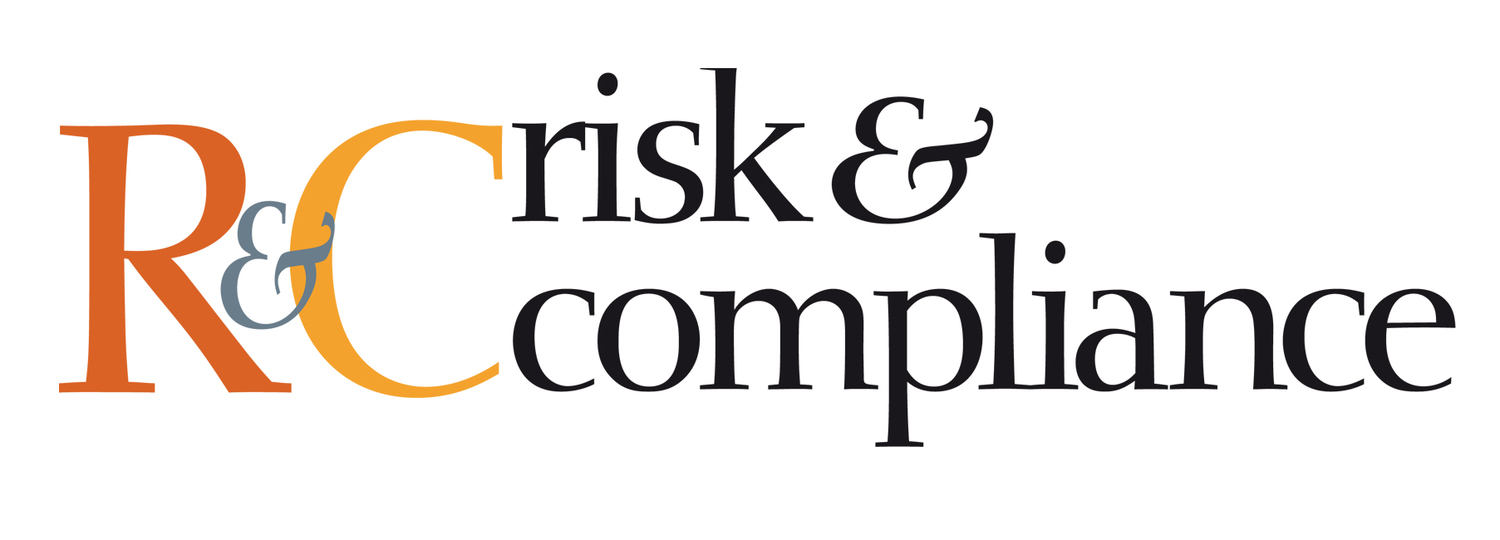GETTING BACK TO BASICS: RECLAIMING THE HEART OF COMPLIANCE
There was a time when compliance was about rules. About policies, controls, checklists and enforcement. And while those elements remain essential, somewhere along the way, we have risked losing something fundamental – the people.
This article is an invitation to pause. To reflect. And to return to the basics – not by going backward, but by re-grounding compliance in what it was always meant to serve: human decisions, human behaviour and human values.
Compliance is often seen as a gatekeeper. The voice that often said, “No”. But at its best, compliance is not only a function of control, it is a steward of culture. It shapes how decisions get made, how risk is understood and how people lead when no one is watching.
Human-centric compliance does not mean compromising standards – it means designing compliance that works in the reality people live in. It recognises that the best programmes are the ones people trust, engage with and feel supported by. Because if we only design compliance to prevent failure, we miss the opportunity to foster excellence.
Our role in compliance is not to control behaviour; rather it is to make doing the right thing the easiest, clearest and most supported path forward. When we operate from a place of trust, we design systems that guide rather than guard.
Trust does not come from policies. It is built through experience – through the feeling people get when they raise a concern and are taken seriously. When their questions are met with support, not scrutiny. When the rules make sense in the context of their day-to-day reality.

